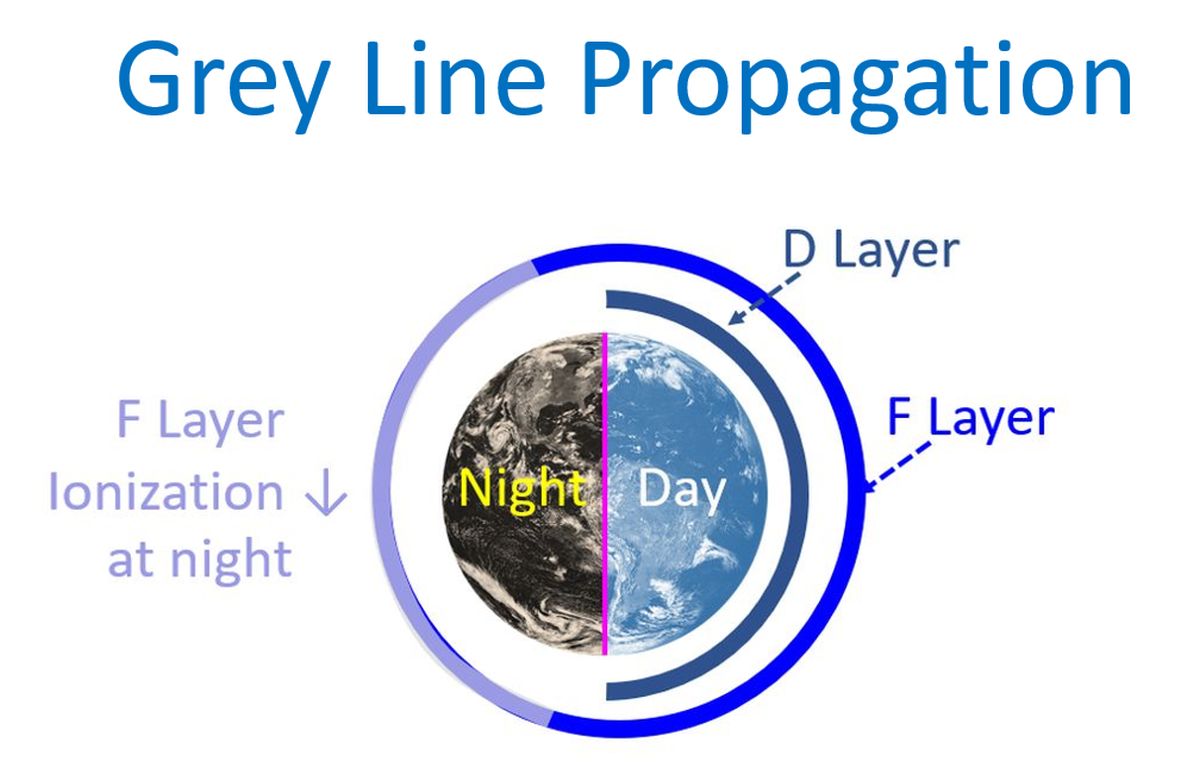Top Band in Amateur Radio
Top Band in Amateur Radio
160 meters is often called as Top Band in Amateur Radio. Why is it called the top band? One answer I got is that it is on top of the medium wave broadcast frequencies. Even though it is often included as the longest wavelength available to amateur radio operators on HF, it is actually a medium frequency if you go by the definition of 300 kHz to 3 MHz for medium frequency. Allocation in the 160 meter band for radio amateurs in India according to the National Frequency Allocation Plan 2022 is 1 800-1 825 kHz. In some other regions, allocation is given up to 2000 kHz. Top band is not allocated for ham radio in all countries. That is why the lower band used in Amateur Radio Direction Finding or Fox Hunt radio sport competition is 80 m, 2m being the other one.

As you are aware, medium wave broadcast frequencies are typically used for local transmissions as they depend mainly on ground wave propagation. Like other medium frequencies, top band signals are also absorbed by the D layer of the ionosphere during day time. At night, when the D layer disappears, top band signals can be reflected by the E layer of the ionosphere and may be heard at a longer distance, as you would have noted for medium wave broadcast stations. This enables transatlantic contact between United States and European countries, with good antenna and transmitting power at both ends. Long distance communications are typically feasible only when both stations are having night time. Propagation is bettter during winter in the region than summer. This could affect North-South propagation paths as winter occurs at different times of the year in the two hemispheres.

Grey line propagations may also occur at dawn and dusk, with other side of the globe. Wiktionary definition of grey line is a transition line coinciding with twilight zone where a change in the propagation of radio waves is observed. Time windows for such very long distance propagations may be quite small on top band, of the order of a few minutes. I have read one report of a US ham listing a contact on 160 m with a VU7 station long back. It is often mentioned that long distance communications improve on lower bands during sunspot minima and deteriorate on sunspot maxima. I have observed it myself on 80 m when I was quite active on HF long back. At that time I was not aware of the top band, otherwise I would have tried it as my parents’ home had plenty of space, even for a 160 m dipole, while the present location is tough even for a 40 m dipole!